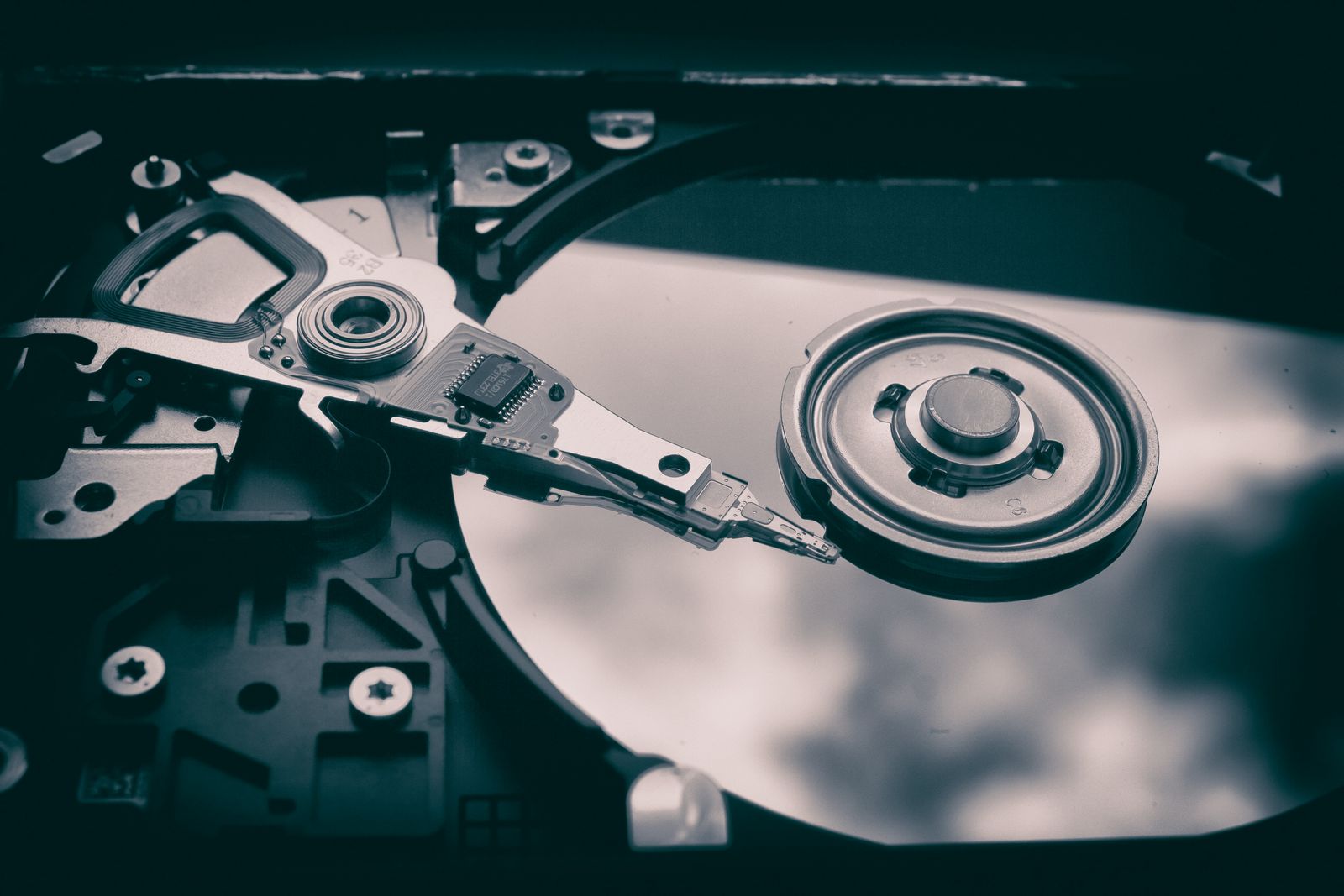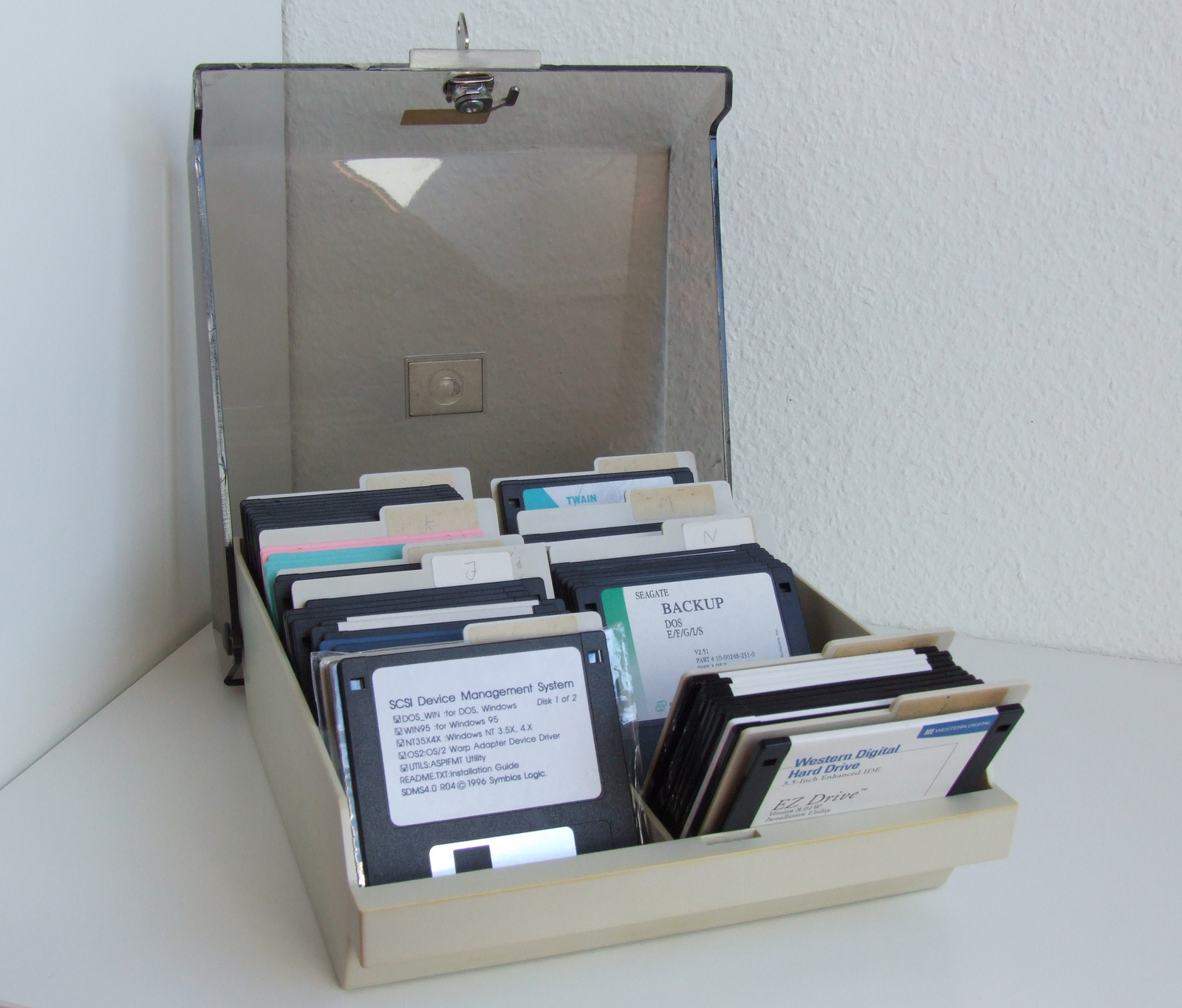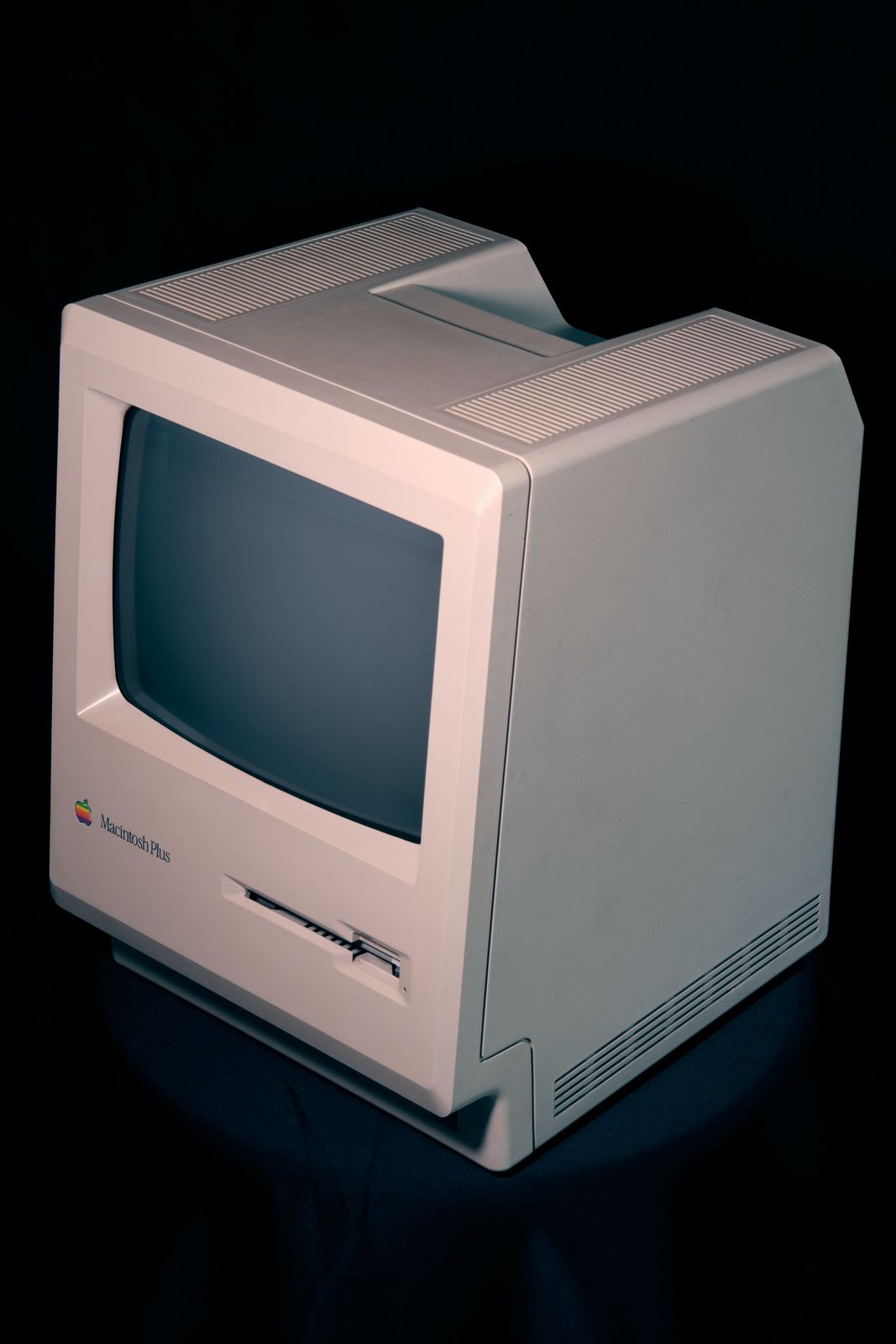If you search for the word "digital" in a dictionary, you will find the following meanings there:
"following the finger" (medicine; digitus, lat. = finger)
In this context, a digital examination refers to the palpation of the body with the finger or the fingers.
"in stages"; "resolved in individual steps" (physics)
A digital signal therefore does not refer to a smooth curve but a conversion of step values. The scanning and reproduction of signals in stages is a central feature of digital technology. In a few years, digital technologies have caused such serious changes in many areas of life that one speaks of a digital revolution.
"represented in digits" (technology)
Everyone knows the difference between an analog clock and a digital clock. On the digital clock, the time is displayed in digits. While the seconds of an analog clock could theoretically be resolved to infinity, since the hands of the clock follow a permanent (linear) rotational movement, this is not possible with a digital clock. The seconds of a digital clock are displayed in digits; there is exactly nothing in between. The time is therefore dissolved into individual steps.
Synonyms for the term digital are "in digits" and "not analog"
Like every revolution, the digital revolution has its downsides. The frivolous handling of storage technologies will become a serious problem for future generations. The term "digital dark ages" can, unless there is an adjustment of today's existing technologies, become a winged word for our digital age. Digital definition could be a first, important step into a future in which information about our century will still be available in over 1,000 years.
 Machines produce data digitally. However, people capture information analogously. Therefore, it is necessary to store digital data analogously in order to obtain the information contained therein over many generations. This has been normal for thousands of years since the invention of the stone panel, paper and book printing. However, it is new that digitally generated data (born digital) is no longer stored analogously but exclusively digitally. Worse still - you store the information in hundreds of different data formats without ensuring that they are still readable at a later date.
Machines produce data digitally. However, people capture information analogously. Therefore, it is necessary to store digital data analogously in order to obtain the information contained therein over many generations. This has been normal for thousands of years since the invention of the stone panel, paper and book printing. However, it is new that digitally generated data (born digital) is no longer stored analogously but exclusively digitally. Worse still - you store the information in hundreds of different data formats without ensuring that they are still readable at a later date.

But digitization also has its dark side: it is extremely energy-hungry. Each file package that is generated, transported and stored takes its way over electrically supplied lines and then, so that it does not lose its information, must be copied and updated on the software side with further energy use for all eternity. According to a study by Greenpeace, if the Internet were a country, it would have the world's sixth largest electricity consumption. To produce this alone, you need about 25 nuclear power plants. Furthermore, the world electricity consumption of artificial intelligence (AI) could increase about a hundredfold by 2025, which will be accompanied by an unimaginable increase in the amount of data to be stored. archium® reduces the digital complexity of data for its customers and thus enables energy-free and thus CO2-neutral long-term storage on analog data carriers.

Digital data processing brings enormous advantages in the generation of valuable information. Within the machine world, it has become indispensable. Due to the technical encryption, this information can only be visualized via highly complex decoding methods. However, these methods are changing rapidly due to technical change. Information from files stored depending on the format will therefore sooner or later be completely lost.
 In order to prevent loss of information, digital files must be regularly copied to new data carriers and adapted to the current software ecosystem. "Digital Definition" simplifies this process considerably because the migration no longer has to be carried out for many hundreds of different storage formats. We call "Digital Defined Documents" files that are no longer processed digitally and whose information contained can be visualized with a standard browser. A universally readable format such as currently PDF/A is completely sufficient for the preservation of information. In combination with a document management system such as archium arTUX, valuable information, for example to fulfill legal proof obligations, can be stored safely in the long term.
In order to prevent loss of information, digital files must be regularly copied to new data carriers and adapted to the current software ecosystem. "Digital Definition" simplifies this process considerably because the migration no longer has to be carried out for many hundreds of different storage formats. We call "Digital Defined Documents" files that are no longer processed digitally and whose information contained can be visualized with a standard browser. A universally readable format such as currently PDF/A is completely sufficient for the preservation of information. In combination with a document management system such as archium arTUX, valuable information, for example to fulfill legal proof obligations, can be stored safely in the long term.

As soon as the data e.g. B. must be maintained due to legal provisions, the effort increases with increasing storage time as well as the risk of complete data loss. The archiving of digital data thus becomes costly and incalculable!
 devices readable
devices readableThe following questions must first be answered just to find out which files a data carrier contains - if it has been described electronically at all:
1. Are the data carriers still intact?
2. Is there a functional reader for the data carrier?
3. Are an old operating system for the software and the driver for the reader still available?
4. If the old operating system is on an old disk: back to point 1.
5. Is suitable hardware still available for installing the old operating system?
Once all these questions have been clarified, we only know that there is something on the data carrier. In order to get the information contained therein, further steps are necessary. These also apply to files that have been stored in the cloud:
6. Is an error-free interpretation of the old data formats with current programs still possible?
7. Is the software for reading the data format still available?
8. Does the required software still work on the current operating system?
9. Is the reconstruction of the files complete or are character sets and formatting misinterpreted?
10. Is the recorded data relevant at all and does it contain the information you are looking for?

In order to ensure that files and file formats remain interpretable by current programs in the future, they must be completely migrated at regular intervals, i.e. adapted to the current software status. This process can be automated. But also an automated data migration requires manual control. Because digital data loss comes unnoticed and is irreversible. An incorrectly written bit is enough to make an entire file with all the information contained in it unreadable.
This process must be carried out constantly for all data and for the entire storage period. If it is interrupted, all information will be lost sooner or later. This makes this process compulsive and incalculable. If a software is terminated, its preservation is tied to its last electronic ecosystem. Last but not least, the risk of complete loss of information for every damaged file increases with every migration.
Companies that store their data in the cloud take further, incalculable risks. Outsourcing creates a whole series of dependencies, the significance of which must always be aware. 
Without Internet access, with sufficient bandwidth, access to the information stored in documents or software applications is not possible. Access can be very easily interrupted by the cloud service provider if, for example, there is a problem with a payment from a commissioned payment service provider through no fault of their own. Finally, it is only an interface through which all data is exchanged.
 Depending on the final storage location of your data (do you know exactly?) this interface can also quickly become a plaything in international framework conditions. Can you comply with your annual control obligations, in the event of data processing of data worthy of protection by third parties (s. Art. 24 DS-GVO), if necessary also on site, comply? Are you sure that the personnel employed there also meet your requirements in the handling of data carriers or network parameterization? The consequences for the use of cloud-controlled hardware and software are far-reaching, especially in the event of insolvency. On the night of the 12th. In March 2021, a data center of the company OVH burned down in Strasbourg. Another was damaged. OVH is one of the largest cloud providers in Europe. About 12,000 servers were completely destroyed, 3.6 million websites were temporarily unavailable.
Depending on the final storage location of your data (do you know exactly?) this interface can also quickly become a plaything in international framework conditions. Can you comply with your annual control obligations, in the event of data processing of data worthy of protection by third parties (s. Art. 24 DS-GVO), if necessary also on site, comply? Are you sure that the personnel employed there also meet your requirements in the handling of data carriers or network parameterization? The consequences for the use of cloud-controlled hardware and software are far-reaching, especially in the event of insolvency. On the night of the 12th. In March 2021, a data center of the company OVH burned down in Strasbourg. Another was damaged. OVH is one of the largest cloud providers in Europe. About 12,000 servers were completely destroyed, 3.6 million websites were temporarily unavailable.
What you can rely on in any case is the certainty that your data will be kept readable - by governments and intelligence services.
